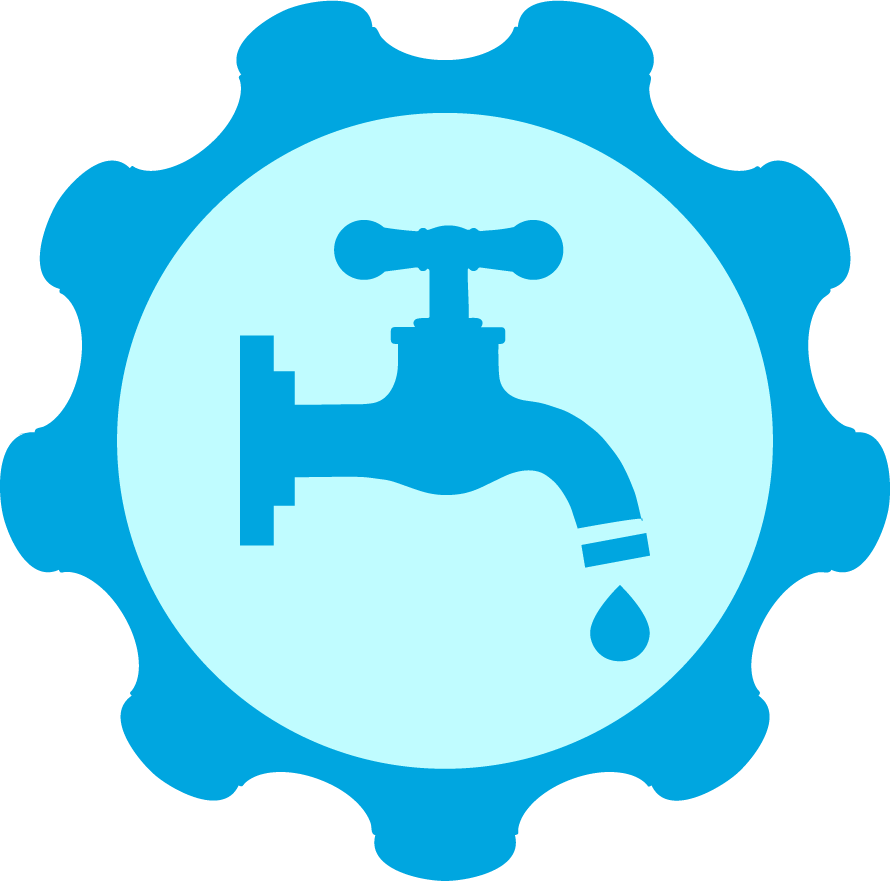How to Control Tree Roots in Your Sewer Line

Tree roots are a hidden threat to the longevity of your home’s plumbing system. Over time, they can invade underground pipes, leading to slow drains, blockages, and even major sewer backups. This issue is prevalent in older homes built before heavy-duty plastic piping became standard in the 1970s. Back then, clay, concrete, cast-iron, or Orangeburg pipes were common, and these materials were more vulnerable to root intrusion than today’s fused-plastic lines.
If you suspect your drains are running slowly and you have trees or shrubs planted nearby, there’s a good chance roots have penetrated your sewer line. Below are practical steps to help address and prevent root damage, along with tips on when to consult a licensed plumber through PlumberHelp.
Table of Contents
Schedule Professional Sewer Cleaning
Why It Matters:
A thorough mechanical cleaning of your sewer line is the first line of defense against intruding roots. Professional plumbers use high-powered sewer cleaning machines equipped with spinning cables and cutting blades to clear root blockages inside clay, plastic, concrete, or cast iron pipes.
How It Works:
- Cable & Blade: Plumbers feed a rotating cable through the pipe, slicing and removing root growth as it travels.
- Restored Flow: Once the roots are cut and flushed away, water flow improves immediately.
- Preventive Maintenance: A regular cleaning schedule helps keep pipes clear of new growth.
Tip: Need a professional sewer cleaning? PlumberHelp can connect you with licensed plumbers who are trained in using the latest root-cutting equipment.
Use a Root-Killing Solution
Why It Matters:
Some specialized root-killing products can stop intrusive growth without harming surrounding trees, shrubs, or the environment. When used periodically, these solutions reduce the frequency of root blockages.
How to Use:
- Flush It: Pour or flush the recommended amount of root killer down a toilet so it reaches the sewer line directly.
- Follow Label Instructions: Each product has unique guidelines on frequency and dosage.
- Safe and Legal: Ensure the product is environmentally responsible and allowed in your municipality.
Tip: A licensed plumber from PlumberHelp’s network can advise on the best, eco-friendly root-killing treatments tailored to your plumbing setup.
Consider a Sewer Camera Inspection
Why It Matters:
If persistent clogs or slow drains persist—even after cleaning—there could be major structural problems or severe root infiltration. A video camera inspection can reveal exactly what’s happening underground.
How It Works:
- Camera on a Snake: A tiny camera is attached to a flexible cable and inserted into the sewer line.
- Live Footage: The cable transmits real-time video to a screen, revealing root growth, pipe shifts, or cracks.
- Accurate Diagnosis: The plumber pinpoints the exact location and severity of the issue, helping you decide whether pipe repair or replacement is necessary.
Tip: If frequent backups or suspicious pipe damage occur, a sewer inspection camera can save you time and money by pinpointing the exact cause.
Why Older Sewer Lines Are at Higher Risk
- Clay or Concrete Joints: Roots can slip through poorly sealed connections.
- Pipe Corrosion: Cast iron and Orangeburg pipes degrade over time, creating gaps where roots thrive.
- Lack of Fusion: Unlike modern plastic pipes that are solvent-fused or heat-welded, older lines have weaker joints prone to cracks.
Modern Plastic Pipes
- Tightly Sealed: Fused with solvent cement, making them nearly impervious to root intrusion unless there’s physical damage.
- Longevity: Often last much longer than clay or iron lines.
Long-Term Prevention Tips
- Strategic Landscaping: Plant trees and shrubs away from sewer lines. Consider choosing species with less aggressive root systems.
- Schedule Routine Maintenance: They can regrow even if you’ve cleared roots once. Annual or bi-annual checkups keep pipes free and clear.
- Replace Older Lines: If roots and cracks are a constant problem, pipe replacement using modern materials can be the most cost-effective long-term solution.
When to Consult a Professional
If you’ve repeatedly dealt with slow drains, frequent backups, or visible signs of root intrusion, it’s time to call a licensed plumber for a full assessment. PlumberHelp makes it easy to connect with trusted plumbing professionals who:
- Perform thorough inspections using cameras and specialized tools.
- Offer effective root-cutting services for clay, cast iron, concrete, or plastic lines.
- Provide advice on whether partial repairs or complete pipe replacement is more cost-effective.
- Safe root-killing treatments and maintenance plans are recommended to prevent future blockages.
Key Takeaways
- Root intrusion is a serious concern for homes with older pipe materials.
- Mechanical cleaning and root-killing chemicals can mitigate minor to moderate infestations.
- Video camera inspections offer precise diagnoses for persistent issues.
- Regular maintenance is critical to prevent new growth and keep sewer lines healthy.
- Professional plumbers have the right equipment and expertise for safe, lasting solutions.
Need expert guidance or suspect tree roots are invading your sewer line?
PlumberHelp connects you with licensed, local plumbers who can diagnose and resolve root intrusion issues quickly and efficiently. Keep your drains flowing, protect your property, and rest easy knowing you’ve got reliable help just a click away.
